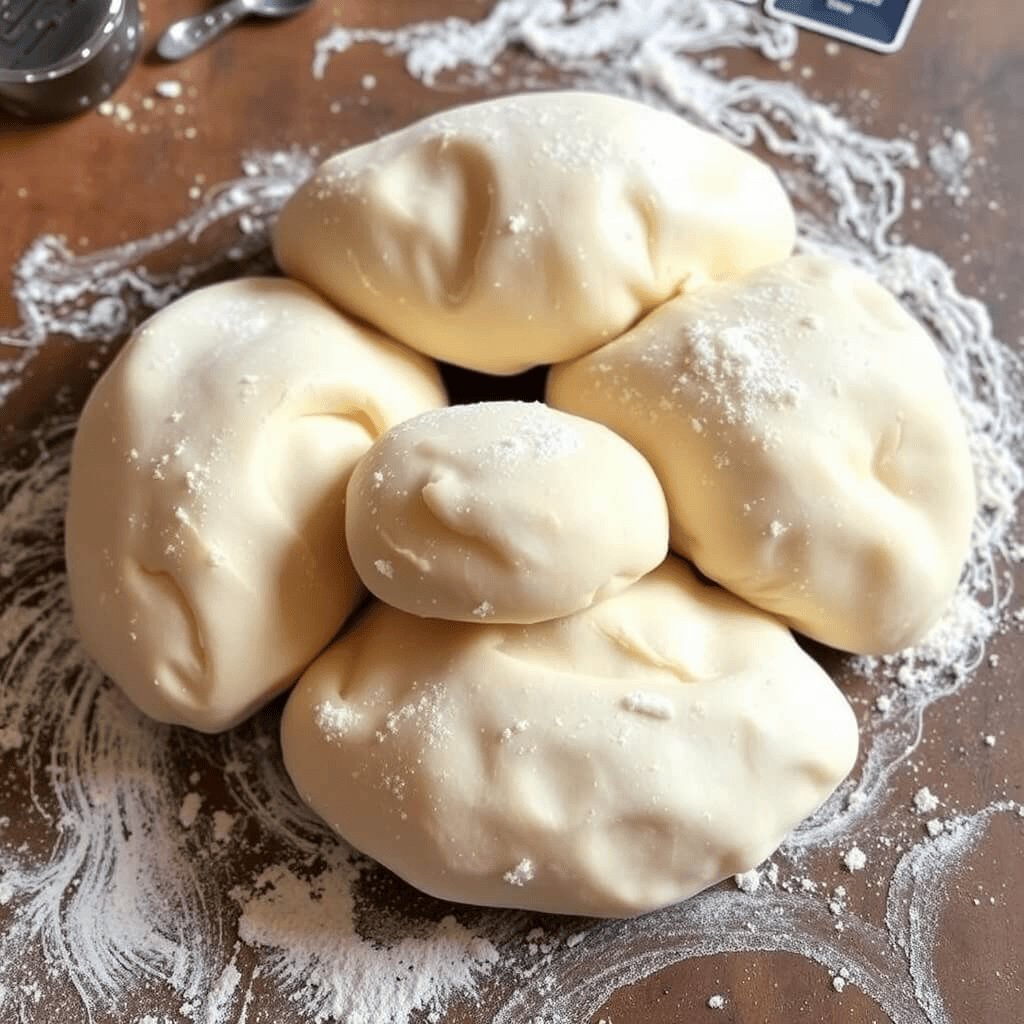crumbly doughs
Pastry doughs are the foundation of many sweet and savory creations in baking. From shortcrust to puff pastry, each type of dough has its own texture, flavor, and preparation method, directly influencing the success of a dessert or dish. They are both a challenge and a joy for the baker, requiring precision, patience, and an understanding of the techniques to master them.
Doughs like shortcrust, sweet, sable, and puff form the base for tarts, biscuits, pastries, and other treats. Whether you’re crafting the perfect tart shell or achieving a light, flaky puff pastry, each dough demands a different approach and specific tips.
In this exploration of pastry doughs, we will uncover the secrets of their preparation, common mistakes to avoid, and tips to ensure they turn out perfectly every time. Get ready to dive into the delicate and delicious world of the doughs that make up the finest pastry creations.
A Big Family of Doughs!
There are five main types of doughs in pastry making:
- Crumbly Doughs: Pâte à foncer, pâte brisée, pâte sucrée, pâte sablée
- Puff Pastries: Classic puff, inverted puff, etc.
- Leavened Doughs: Bread dough, brioche, baba, etc.
- Leavened Puff Pastries: Croissant dough, kouign-amann, etc.
- Choux Pastry
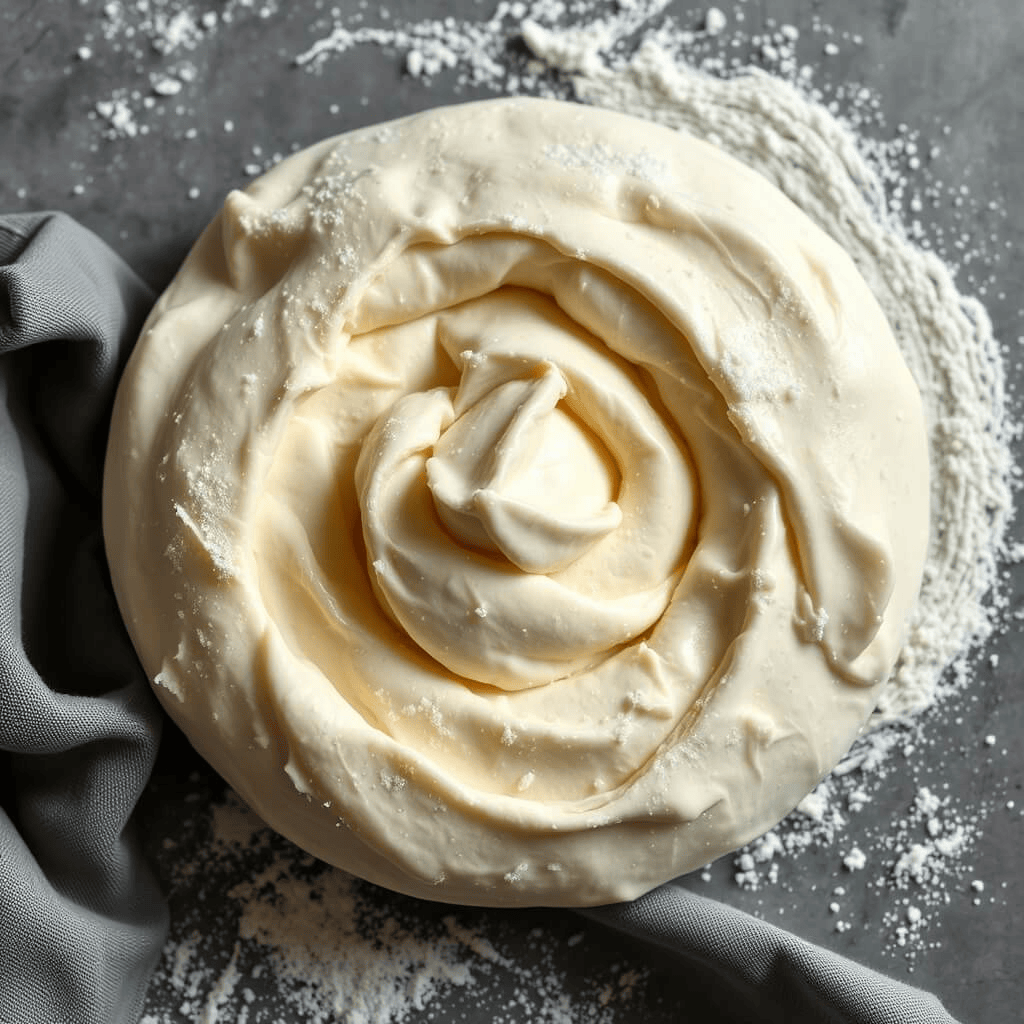
Crumbly Doughs & Tarts
- These doughs share a common trait—they don’t engage much of the gluten found in the flour. The goal is not to create elasticity in the dough, as this would make it harder to roll out and cause it to shrink during baking.
- To prevent elasticity, two techniques are used: sablage (incorporating butter into the flour) and crémage (emulsifying butter, sugar, and eggs in sweet dough). The resulting textures differ: doughs made by sablage are more crumbly, while those made by crémage have more cohesion and crunch.
- Perfecting Crémage and Sablage
The temperature of the ingredients is crucial when making dough using the crémage technique. The butter should be soft but not melted, and the egg should be at room temperature. Mix at a slow speed to avoid incorporating too much air, which could make the dough brittle and cause it to deform during baking. For sablage, always use the flat beater rather than your hands to prevent the butter from melting. Ensure the butter is cold. - Handling with Care
These doughs are delicate and should not be overworked once the flour is incorporated. The correct action is to gently mix, not knead! To achieve a homogeneous dough, use the palm of your hand without applying force.
Proper Refrigeration of Dough
Chilling is a crucial step for crumbly doughs: the butter in the dough needs to solidify again. If the dough is too cold, it will be brittle and difficult to roll out; if it’s too soft, it will be hard to handle. Follow the recommended resting times carefully. To speed up and ensure even cooling, shape the dough into a flat disc rather than a ball and wrap it in plastic wrap. This will make it easier to roll out later.
Rolling Out the Dough
You only need a light dusting of flour to roll out dough, and it should be barely noticeable to the eye. A cold rolling pin helps prevent the dough from warming up and becoming sticky. If the dough becomes too soft to handle, it’s better to briefly chill it again in the fridge than to add more flour, which would dry it out. The thickness of the dough depends on its use and storage. For blind baking, the dough should be rolled thicker than for a tart filled with almond cream. The longer the dough needs to be stored (as a tart shell, for example), the thicker it should be.
Blind Baking: When and How to Perfect Your Tart Crust
To Blind Bake or Not?
The dough can either be partially baked or baked without filling, a technique known as “blind baking.” To prevent the dough from shrinking during blind baking, “blind baking weights” are used — typically baking beads placed in the tart shell. This step is essential for pâte à foncer. For pâte sucrée and pâte sablée, if the tart pan is well-buttered and the dough is properly lined, you can skip the weights.
Storage
Wrap the shaped dough into a disc and cover it well with several layers of plastic wrap or place it in a freezer bag, labeled with the date. Store it in the coldest part of the fridge and away from any strong-smelling items (like melons or cheeses). Adding a few drops of vinegar or lemon juice will help extend the shelf life of pâte à foncer and pâte brisée.
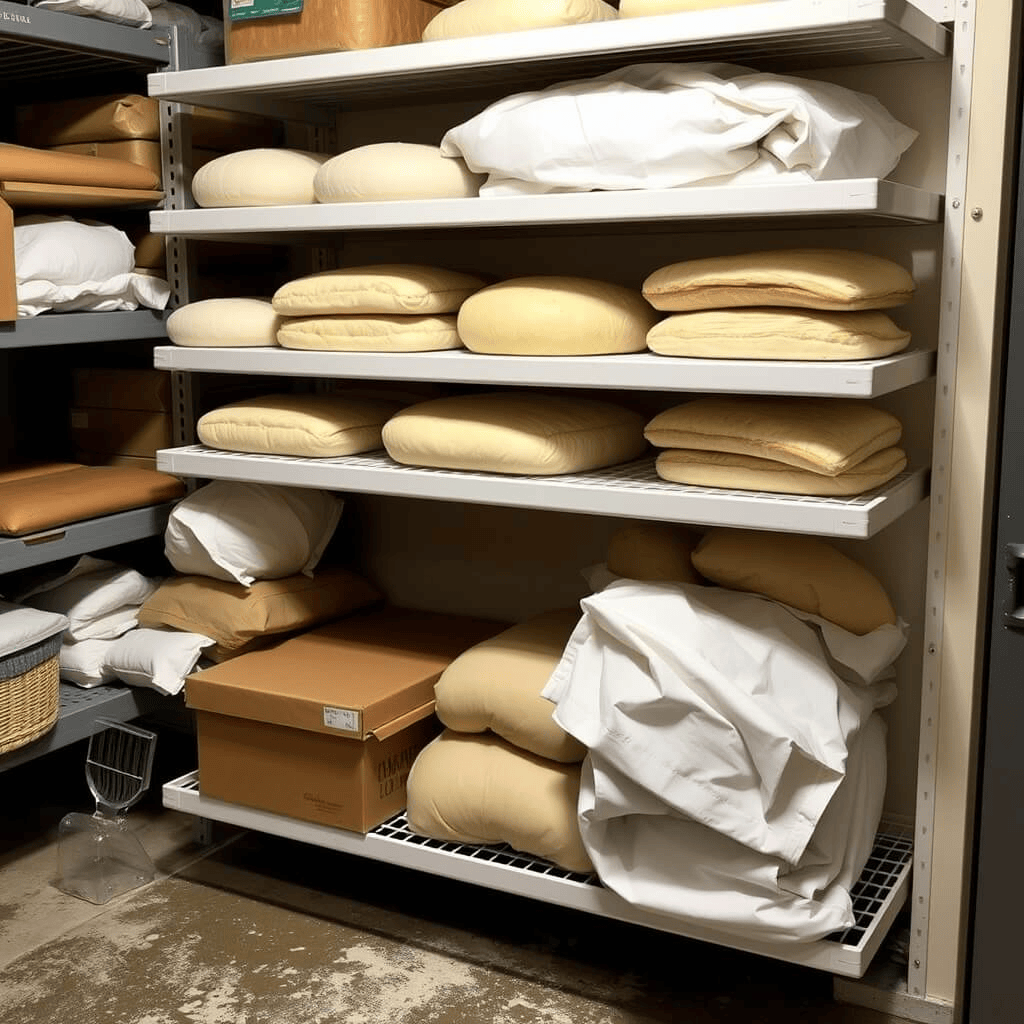
FONCER
- Refrigeration: 3 days
- Freezing: 3 months
BRISÉE
- Refrigeration: 3 days
- Freezing: 3 months
SUCRÉE
- Refrigeration: 2 days
- Freezing: 3 months
SABLÉE
- Refrigeration: 2 days
- Freezing: 3 months
Perfect Size for Your Tart!
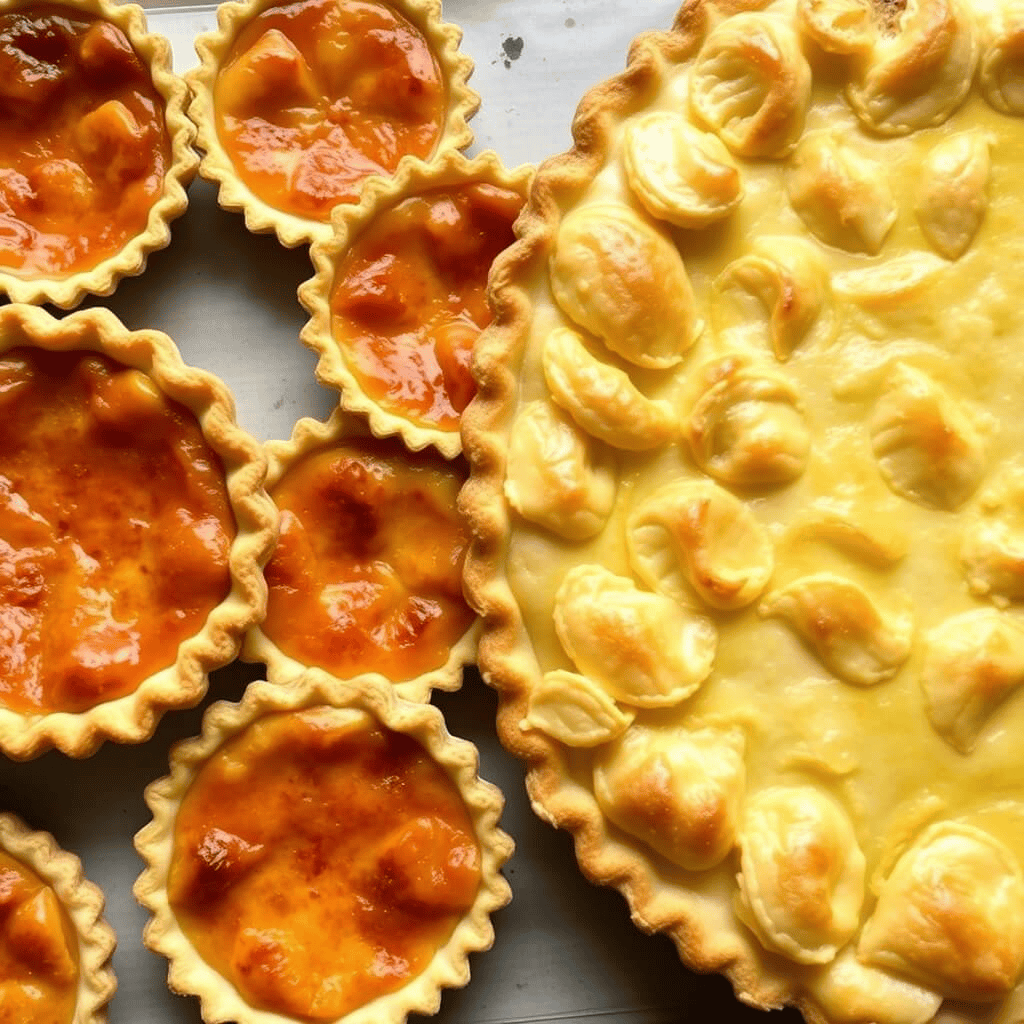
Tarts come in various sizes to accommodate different needs and occasions. From small, individual servings to larger, family-style portions, the size of the tart can influence both its appearance and the balance between crust and filling. Whether you’re preparing a single-serve dessert or a large centerpiece, choosing the right size ensures an optimal experience for your guests.
4 PERSONS
- Mold: 18 cm
- Dough: 24 cm
- Quantity: 200 g
6 PERSONS
- Mold: 22 cm
- Dough: 26 cm
- Quantity: 250 g
8 PERSONS
- Mold: 24 cm
- Dough: 28 cm
- Quantity: 280 g
10 PERSONS
- Quantity: 300 g
- Mold: 26 cm
- Dough: 30 cm
Which Dough for Which Tart?
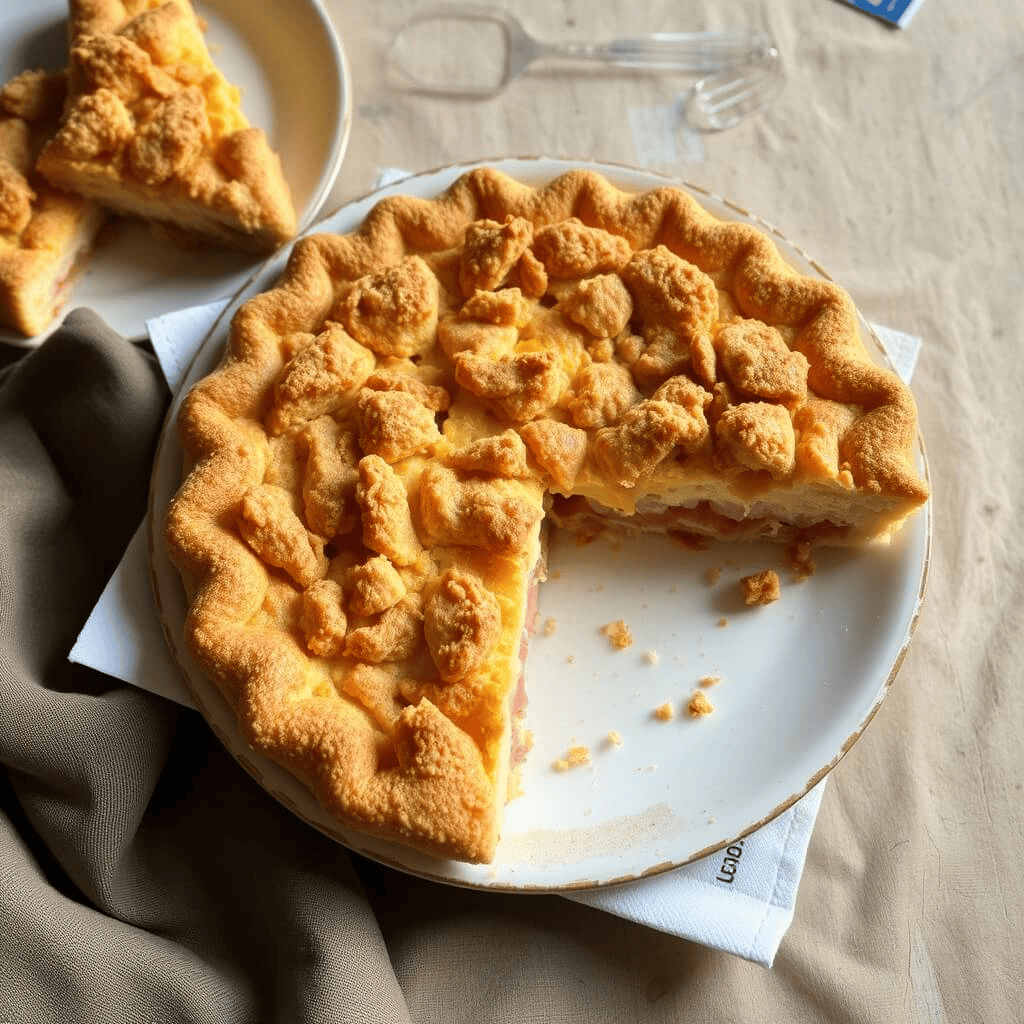
TYPE OF TART
- Quiche: Pâte à foncer (without sugar)
- Baked fruit tart (apples, pears, etc.): Shortcrust, sweet, or sable dough
- Juicy fruit tart (plums, damsons, etc.): Blind-baked shortcrust
- Tart with cream (custard, lemon, etc.): Sable or sweet dough
- Quark cheese tart: Shortcrust dough
- Pastry cream flan: Puff or shortcrust dough
- Thin tart: Puff dough
Conclusion on the Types of Pastry Dough
Each type of pastry dough is suited for specific tart styles, providing the perfect texture and flavor balance. For savory tarts like quiches, the neutral, crisp pâte à foncer (without sugar) is ideal. Fruit-based tarts benefit from the buttery richness of shortcrust, sweet, or sable dough, while juicy fruit tarts, like those with plums or damsons, require a blind-baked shortcrust to ensure a stable base. Cream-based tarts (like custard or lemon) are best paired with either sweet or sable dough for their delicate texture. For cheesier or custard-based fillings, a simple shortcrust dough works wonders, whereas a flan pâtissier or thin tart calls for the flaky elegance of puff pastry.
In short, the dough type you choose plays a crucial role in enhancing the final tart, making the selection process essential for achieving the right flavor and texture balance.
Tart Dough Demystified: Your Essential Q&A Guide
Q: Can homemade tart dough be frozen?
A: Yes, most tart doughs freeze very well for up to 3 months. Just make sure to wrap them tightly in plastic wrap or place them in a freezer bag to protect them from absorbing freezer odors.
Q: Do I always need to blind-bake tart dough before filling it?
A: Not always. Blind baking is important for wet fillings (like creams or juicy fruits) or when the filling doesn’t require baking. It helps prevent the crust from getting soggy.
Q: Which dough should I use for a quiche?
A: Shortcrust pastry or pâte à foncer (unsweetened dough) are best suited for quiches. They’re neutral in flavor, hold up well to moist fillings, and stay crisp.
Q: How do I stop tart dough from puffing up during blind baking?
A: Prick the base with a fork and use pie weights (ceramic baking beads or dried beans) to keep the dough flat while it bakes.http://Shortcrust Pastry Guide – King Arthur Baking.7 Timeless Soup Recipes That Will Make You Feel Like a Master Chef

